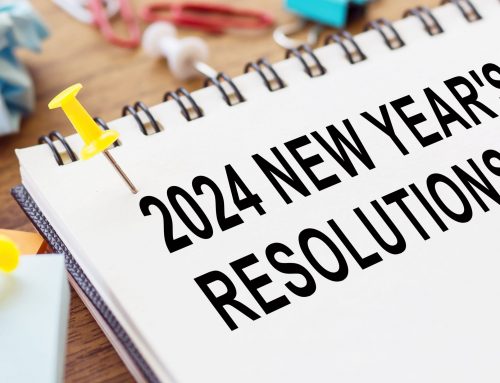All students are special in their own ways. Some have more difficulty listening and following directions while others may struggle to move their bodies the way they want to. When you give your class the chance to move, it’s important to make activity as accessible to all students to the best extent possible. Often, it is easier to leave the responsibility to the paraeducator (if there is one) or just allow the student to sit out or join in when they can. But, I encourage you to take action instead! Be proactive in involving everyone.
Focus on the Needs of the Student
Focus on the students’ needs. You probably already know their cognitive placements and needs. Ask the parents/guardians and the special education teacher about their physical and social needs. Talk to the student as well, if applicable, about special considerations and what would make them feel more comfortable participating in movement breaks.
Abilities vs. Disabilities
Also, focus on abilities versus disabilities. What are appropriate activities for the student? Should we turn the lights down or the music volume down to limit distractions? Can we tweak the rules of the game or activity to ensure inclusion for all? Should the space be decreased or increased to help the students succeed?
Use E.R.I.E. to Accommodate Students with Special Needs
When I work with pre-service classroom teachers and pre-service physical education teachers, I use the acronym ERIE to help them remember different accommodations they can make (Brusseau, Erwin, Darst, & Pangrazi, 2021). Here’s what each letter means:
- Equipment – This is the most common type of modification. We can give the students larger or small pieces of equipment. Or lighter or brighter. We can use special equipment to help with tactile skills (e.g., Velcro mitts).
- Rules – We can change the rules of the activity or game. Instead of only three dribbles, perhaps the student is allowed an unlimited number. Maybe we move the target closer.
- Instruction – This is a broad topic, but we can change how we group students. The inclusion of peer helpers has been shown to benefit both the student with special needs and the able-bodied peer. There are different types of teaching styles we can use. We can also provide various types of demonstrations and visual cues and signs.
- Environment – Changing the environment can be fairly simple. Sometimes it is lighting or noise that distracts students. Sometimes doing activities indoors is better to eliminate distractions that often occur outside (e.g., mowing, cars driving by, dogs barking).
I hope these suggestions help you to fully include all students when you offer movement opportunities!
Heather is a Professor in the Department of Kinesiology and Health Promotion at the University of Kentucky. She is a former physical education teacher, and co-author of Dynamic Physical Education for Secondary School Children, 8ed. Heather was also the recipient of the NASPE Curriculum and Instruction Young Scholar Award and a AAHPERD Research Consortium Fellow.





Leave A Comment